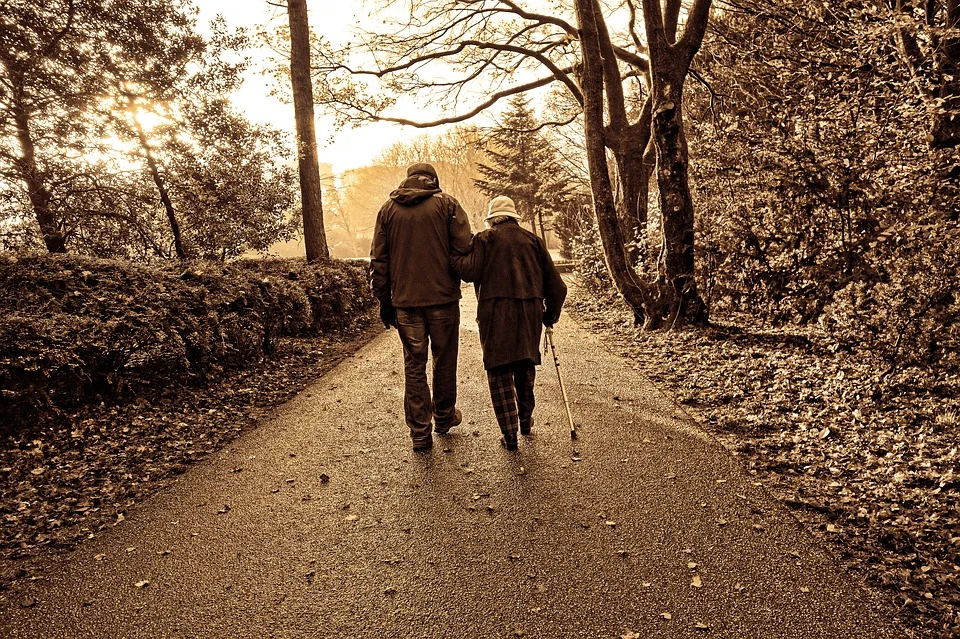The Neuroscience of: Love
Just in time for Valentine’s Day, Anna Mallach explores the brain mechanisms involved in love and pair bonding.
The vast majority of civilisations have a concept of love. Ancient Greeks, for example, had six different ways of describing this mysterious emotion. The feeling of love appears to be an intrinsic human feeling and desire. However, researchers are only beginning to figure out how this universal feeling is created using just a few molecules.
From the brain’s perspective, falling in love is both stressful and risky. Initially, cortisol, a hormone which leads to an overall stress response in the body from sweaty palms to a racing heartbeat, is upregulated. Additionally, the secretion of another hormone, serotonin, which is believed to contribute to wellbeing and happiness, decreases. Other conditions, such as schizophrenia and obsessive-compulsive disorder, also display low serotonin levels, which may help explain the initial obsessive nature of budding relationships.
However, after a few months in a stable relationship, serotonin gets restored to normal levels. Interestingly, one brain region involved in surveying danger and initiating fear, the amygdala, shows decreased activity in people initially falling in love. So, when you look through rose-tinted glasses, red flags just look like flags.
A main brain circuit involved in love is the reward pathway originating from the ventral tegmental area (VTA). This pathway leads to the secretion of the hormone dopamine and thus initiates the classic “feel-good” sensation. It is involved in any situation where our brain is rewarding us for certain behaviour and is also the target for the majority of recreational drugs. This pathway is so strong that mice, following surgery to allow them to activate the pathway by pressing a lever, starve to death as they repeatedly press the lever. When a person is in love, this pathway is increasingly active, explaining why we feel good around our partner.
When it comes to looking at long-term relationships, another kind of loving relationship can be investigated: the parent-child relationship. Intense bonding between a child and its parents undoubtedly has huge evolutionary advantages, potentially so big it has been speculated that this could even be the origin of all love as we know it. Studies have shown that there are two important hormones in forming this bond: oxytocin and vasopressin.
Oxytocin is associated with labour and subsequent breastfeeding and is a key molecule in facilitating the formation of the mother-child bond. Oxytocin secretion is significantly lower in males, and its role in pair-bonding is taken over by another molecule called vasopressin. When inhibiting the effects of vasopressin in male mice, they have been shown to bond significantly less with their offspring.
Moving back to romantic love, another important model for pair bonding research are voles. Prairie voles mate for life and, again, the culprits of this behaviour are oxytocin and vasopressin. Secretion of these molecules is higher in comparison to polygamous species of voles, and they even have more receptors available to bind these molecules. Prairie voles, in whom the activity of vasopressin and oxytocin is inhibited, showed reduced partner preference and very little pair bonding.
Oxytocin indeed has been termed the “love hormone”, and it has been suggested that even something as simple as hugs amongst friends can increase oxytocin levels and wellbeing. An interesting observation of the role of this molecule is that it appears to strengthen inner group bonding, with people we associate with, whilst reducing bonding with members of the outer group. Increased oxytocin appears to make people less tolerant of people they don’t see as part of their group, which can have potentially serious social consequences regarding intercultural violence.
So, whilst cortisol and serotonin (albeit a lack of) appear to play an important role initially in love, they later normalise themselves again and become less important in comparison to the players of long-term relationship molecules: dopamine, oxytocin and vasopressin. Researchers are still busy trying to answer questions as to why love developed in the first place, why there are different types of love, and whether monogamy comes naturally to humans, but the first steps towards deciphering this very complex, and yet very intuitive feeling, have been successfully taken.

